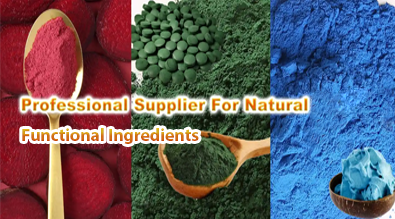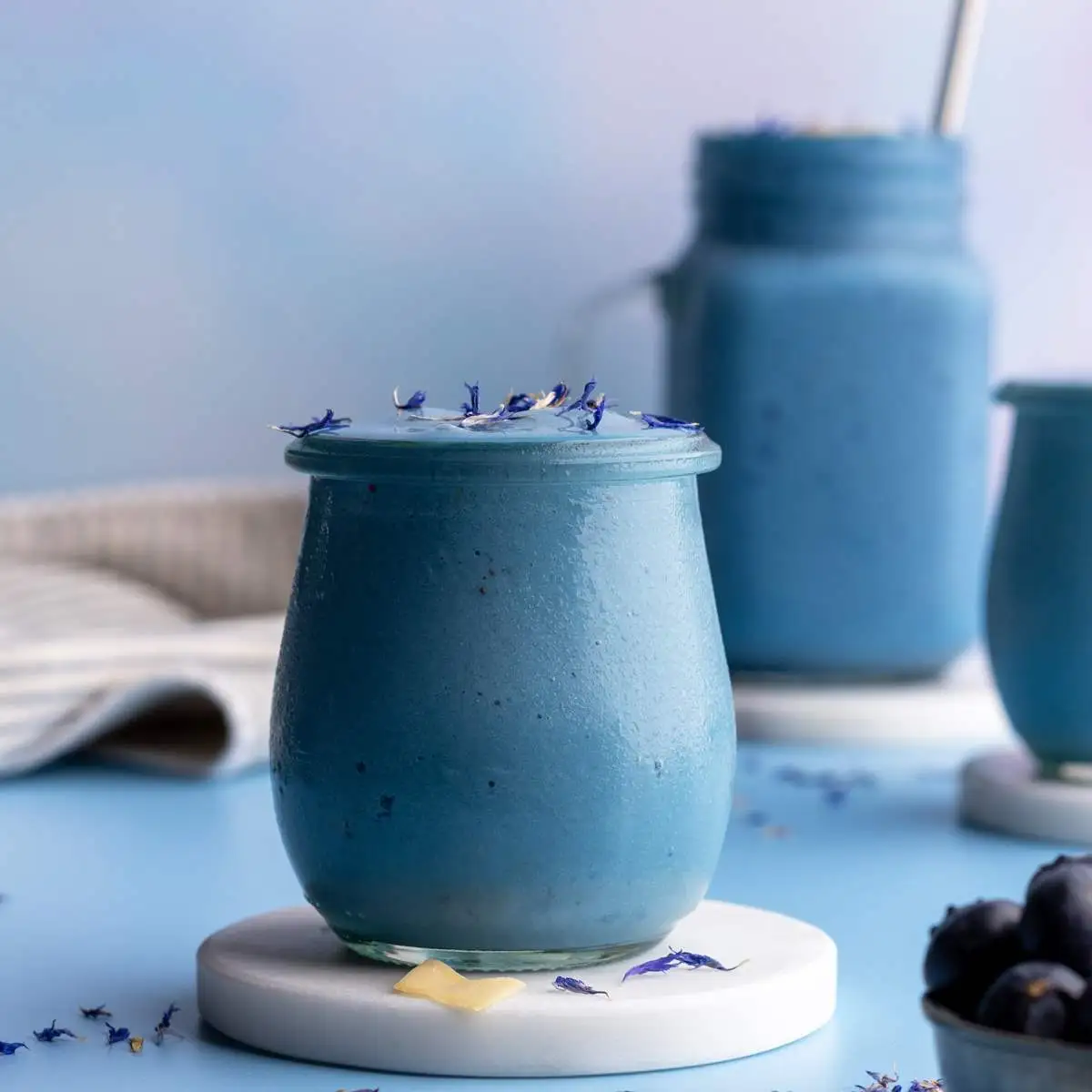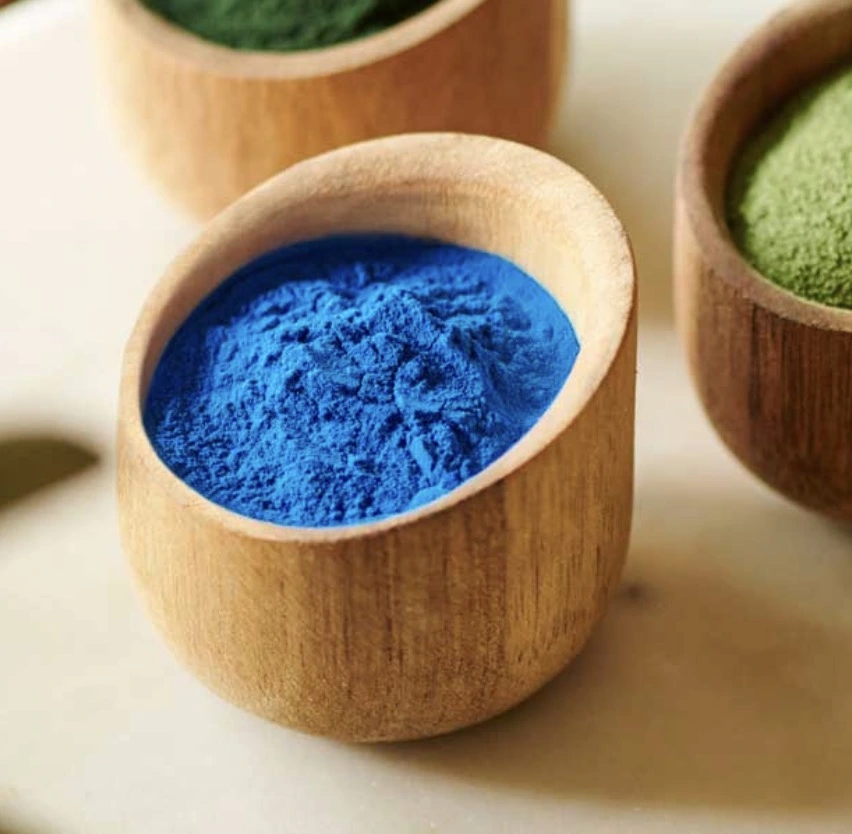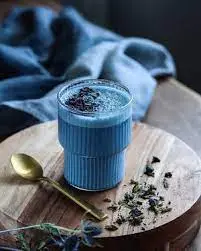What Is Red Grape Skin Powder E163(ii) and Its Benefits in Food Coloring?
Red grape skin powder E163(ii) is a natural food colorant derived from the skins of red grapes. This vibrant, versatile ingredient has gained popularity in the food industry due to its ability to impart rich red, purple, and blue hues to various products. Beyond its coloring properties, red grape skin powder offers numerous health benefits, making it an attractive option for health-conscious consumers and food manufacturers alike.

Red Grape Skin Powder E163(ii): A Natural Food Colorant
E163(ii) is extracted from the skins of red grapes through a careful process that preserves the natural pigments called anthocyanins. These compounds are responsible for the deep, rich colors found in red grapes and other similarly hued fruits and vegetables. The extraction process typically involves macerating grape skins in water or a mild solvent, followed by filtration and concentration to create a potent powder or liquid extract.
As a natural colorant, red grape skin powder offers several advantages over synthetic alternatives:
- Clean label appeal: Consumers increasingly seek products with natural ingredients, and E163(ii) allows manufacturers to meet this demand.
- Stability: Unlike some natural colorants, red grape skin powder exhibits good stability across a range of pH levels and processing conditions.
- Versatility: It can be used in a wide array of food and beverage applications, from dairy products to confectionery.
- Customizable shades: By adjusting the concentration and pH, manufacturers can achieve various hues from pink to deep purple.

Health Benefits of Red Grape Skin Powder E163(ii)
Beyond its role as a colorant, red grape skin powder E163(ii) offers a plethora of health benefits due to its rich phytochemical composition. The anthocyanins that give E163(ii) its coloring properties are also potent antioxidants, which contribute to various health-promoting effects:
- Cardiovascular health: Anthocyanins have been shown to support heart health by improving blood flow and reducing inflammation in blood vessels.
- Anti-inflammatory properties: The compounds in red grape skin powder may help reduce chronic inflammation, a factor in many diseases.
- Cognitive function: Some studies suggest that anthocyanins may support brain health and potentially slow age-related cognitive decline.
- Blood sugar regulation: Certain components in grape skin extract may help improve insulin sensitivity and glucose metabolism.
- Cancer prevention: While more research is needed, some studies indicate that the antioxidants in grape skin may have anticancer properties.
The health benefits of red grape skin powder extend beyond its antioxidant content. It also contains resveratrol, a compound renowned for its potential anti-aging and longevity-promoting effects. Resveratrol has been the subject of numerous studies exploring its impact on various aspects of health, from cardiovascular function to cellular aging.

How to Use Red Grape Skin Powder E163(ii) in Foods?
Red grape skin powder E163(ii) is a versatile ingredient that can be incorporated into a wide range of food and beverage products. Its application extends across various categories, allowing manufacturers to create visually appealing and potentially healthier options for consumers. Here are some common applications and usage guidelines:
- Beverages: E163(ii) can be used to color fruit juices, smoothies, and functional drinks. It's particularly effective in creating berry-flavored beverages with a natural color profile.
- Dairy products: Yogurts, ice creams, and flavored milk can benefit from the addition of red grape skin powder to achieve attractive pink to purple hues.
- Confectionery: Candies, gummies, and other sweets can incorporate E163(ii) to create vibrant, fruity-looking products without artificial colors.
- Baked goods: Cakes, cookies, and pastries can use red grape skin powder to add a natural tint to frostings, fillings, and doughs.
- Snack foods: Fruit-flavored chips, crackers, and other savory snacks can utilize E163(ii) to enhance visual appeal and suggest fruit content.
- Sauces and dressings: Berry-based or fruit-flavored sauces and dressings can incorporate red grape skin powder for color and potential health benefits.
When using red grape skin powder E163(ii), it's important to consider several factors to optimize its performance:
- pH sensitivity: The color of E163(ii) can vary depending on the pH of the food system. Generally, more acidic conditions result in redder hues, while neutral to alkaline conditions yield more purple to blue shades.
- Heat stability: While relatively stable, extreme heat processing can affect the color intensity. It's often best to add E163(ii) towards the end of the heating process when possible.
- Light sensitivity: Protect products colored with E163(ii) from excessive light exposure to maintain color stability over time.
- Interaction with other ingredients: Some ingredients, particularly metal ions, can interact with anthocyanins and affect color. Consider these potential interactions when formulating.
- Dosage: The amount of E163(ii) needed can vary widely depending on the desired color intensity and the specific food matrix. Start with small amounts and adjust as needed.
Incorporating red grape skin powder E163(ii) into food products requires careful consideration of these factors to achieve optimal color results and maintain product quality. Food scientists and product developers often work closely with suppliers to determine the best application methods and dosage levels for specific products.

Conclusion
Red grape skin powder E163(ii) represents a confluence of consumer demands for natural ingredients, vibrant colors, and potential health benefits. As the food industry continues to evolve towards cleaner labels and more functional ingredients, E163(ii) stands out as a versatile solution that meets multiple needs. Its ability to provide attractive coloration while potentially contributing to the nutritional profile of foods makes it an invaluable tool for food manufacturers looking to innovate and meet consumer expectations.
As research into the health benefits of anthocyanins and other compounds found in red grape skins continues, we may see even more applications and benefits emerge for this natural colorant. The future of food coloring is likely to be shaped by ingredients like E163(ii) that offer more than just visual appeal, but also align with broader health and wellness trends. For more information on red grape skin powder E163(ii) and other natural plant extracts, please contact us at info@yanggebiotech.com.
References
1. Smith, J. et al. (2020). "Anthocyanins from grape skin: Extraction, characterization, and application as natural food colorants." Journal of Food Science and Technology.
2. Johnson, M. R. (2019). "Health benefits of grape-derived products: A comprehensive review." Nutrition Reviews.
3. Williams, A. B. & Thompson, C. D. (2021). "Natural food colors: Consumer perceptions and market trends." Food Technology Magazine.
4. Garcia-Lopez, M. et al. (2018). "Stability of anthocyanin-based colorants in food systems: A review." Comprehensive Reviews in Food Science and Food Safety.
5. Chen, X. Y. (2022). "Resveratrol and grape skin extracts: Potential applications in functional foods and nutraceuticals." Critical Reviews in Food Science and Nutrition.

Based on your location and order quantity, you will have the opportunity to receive a limited time free shipping promotion!

Who we are


